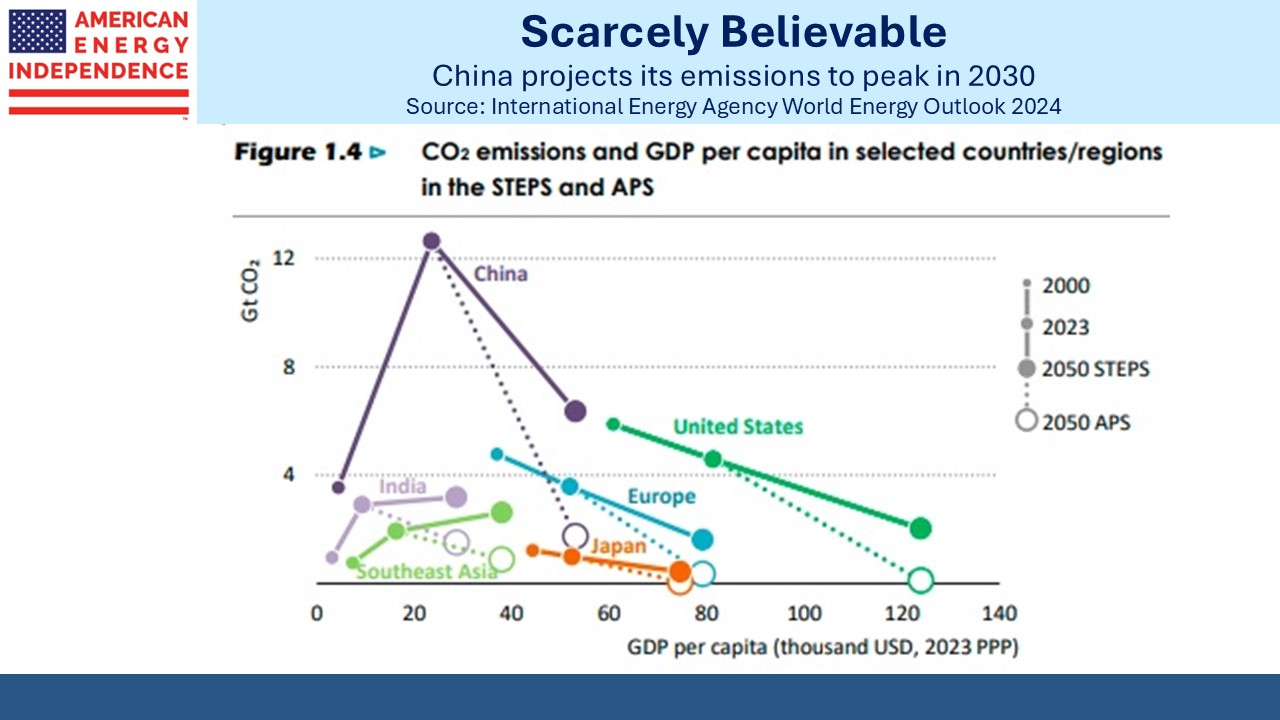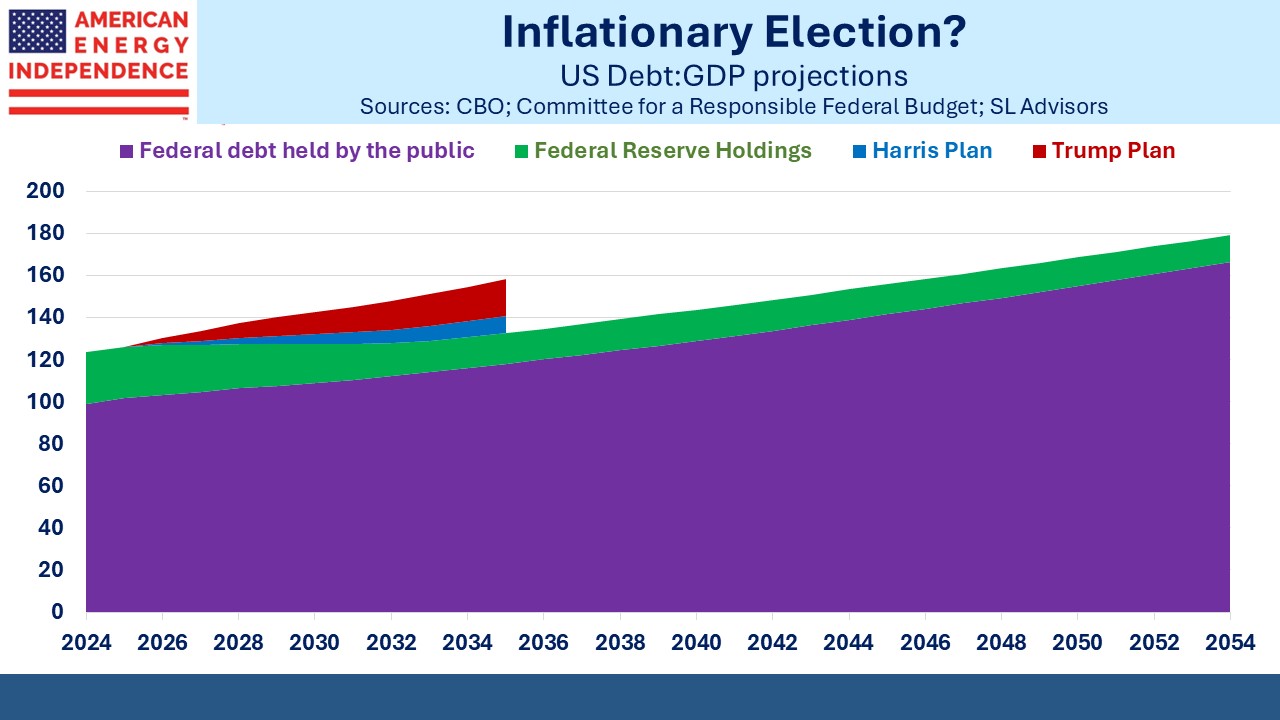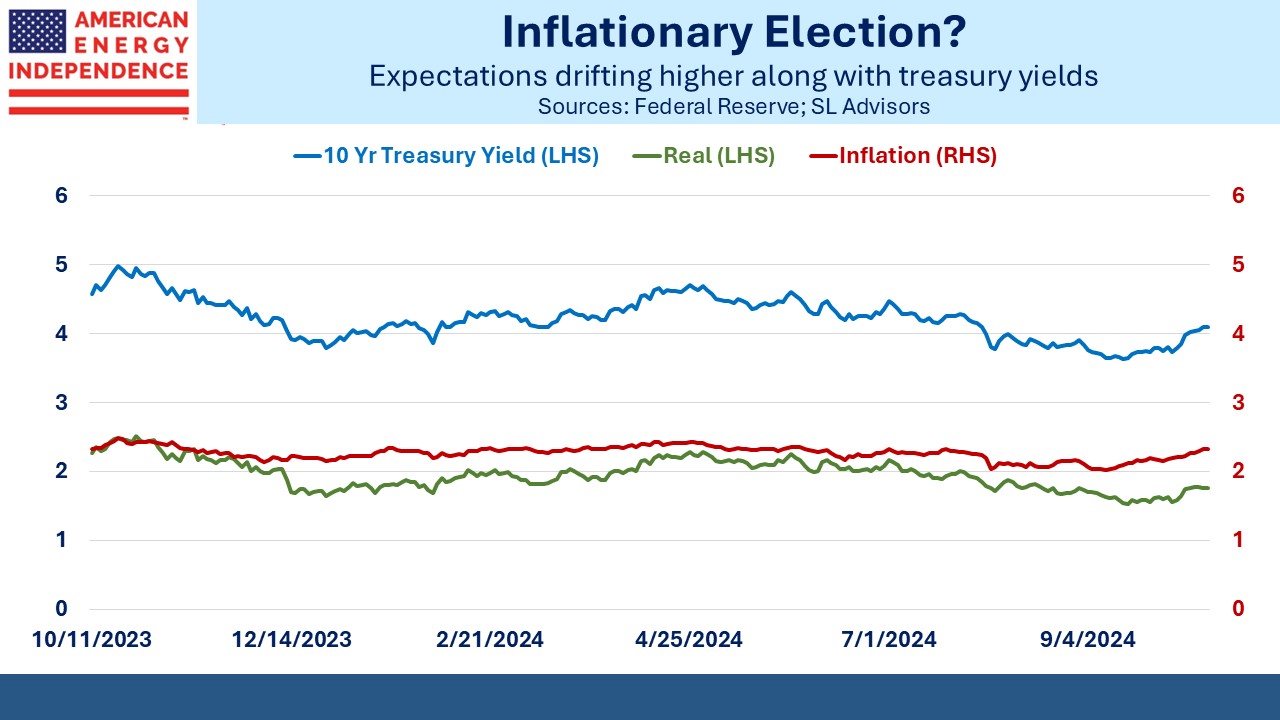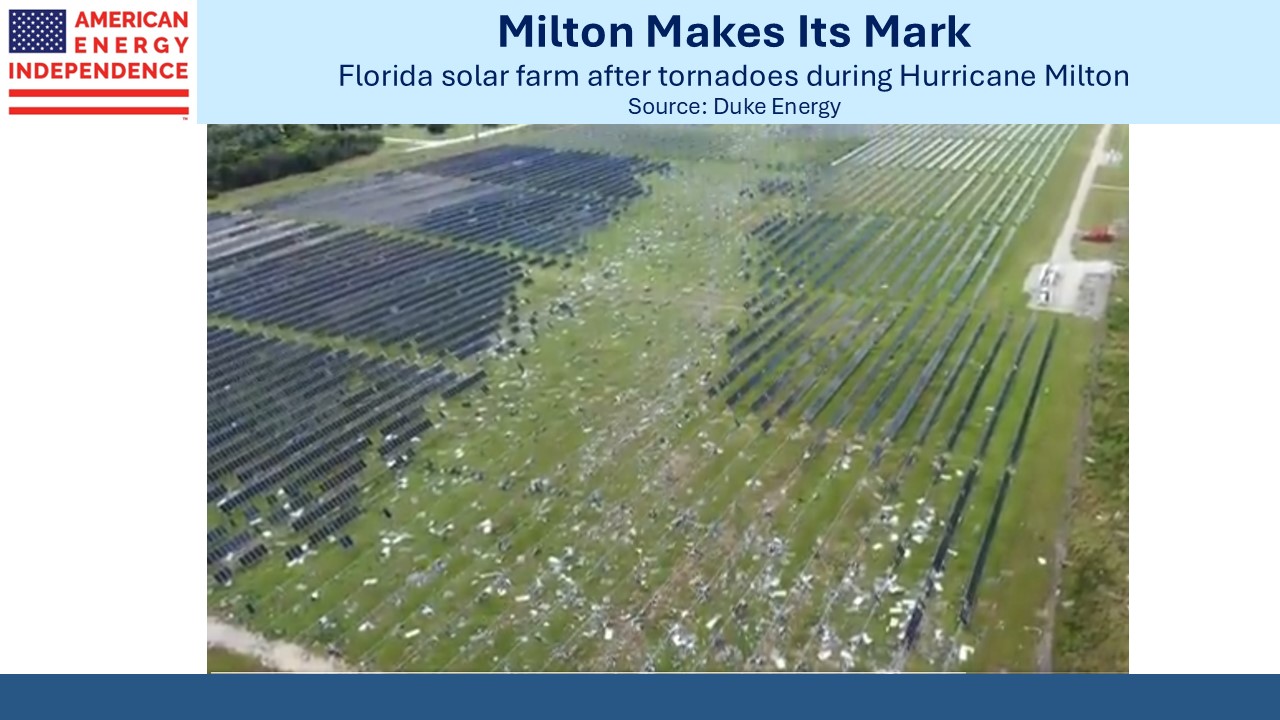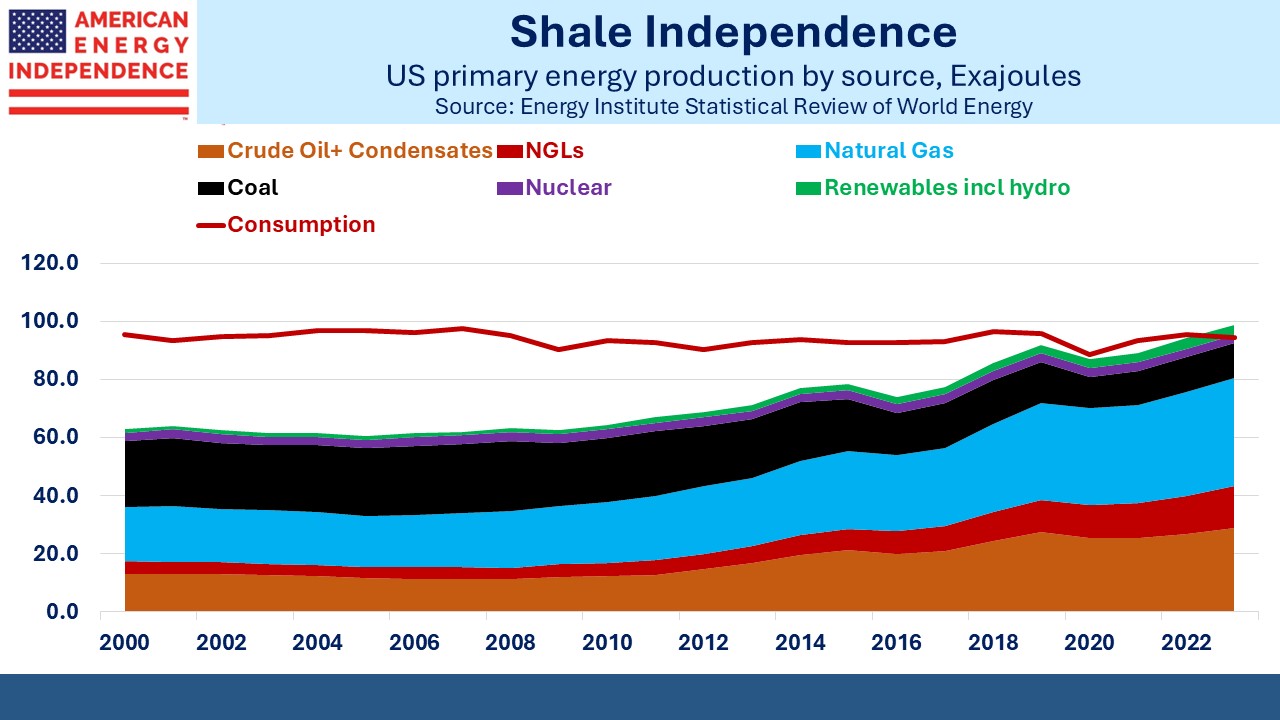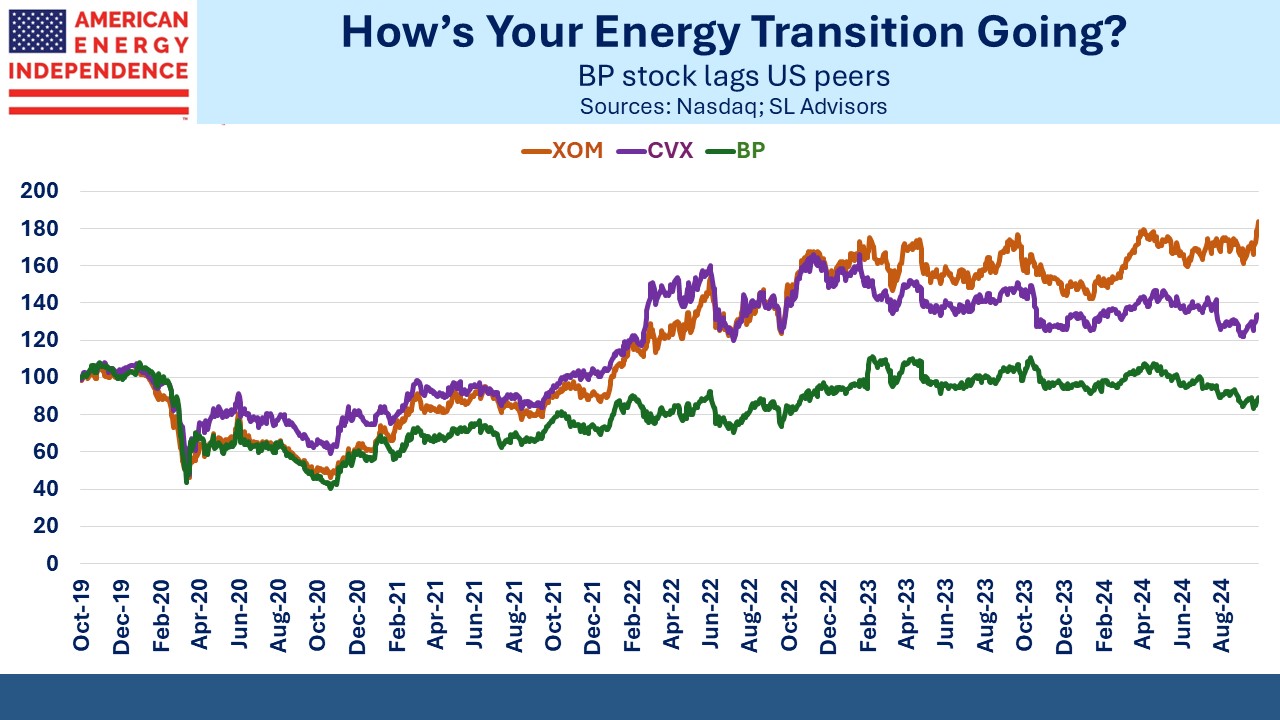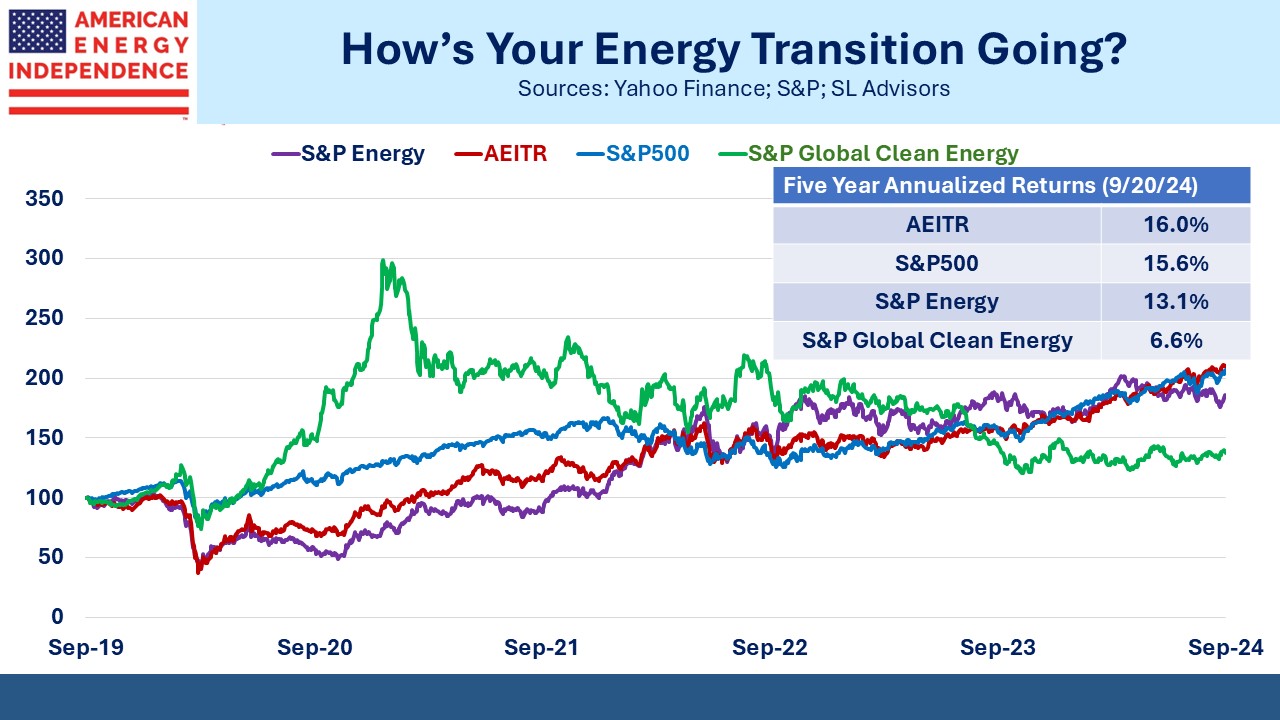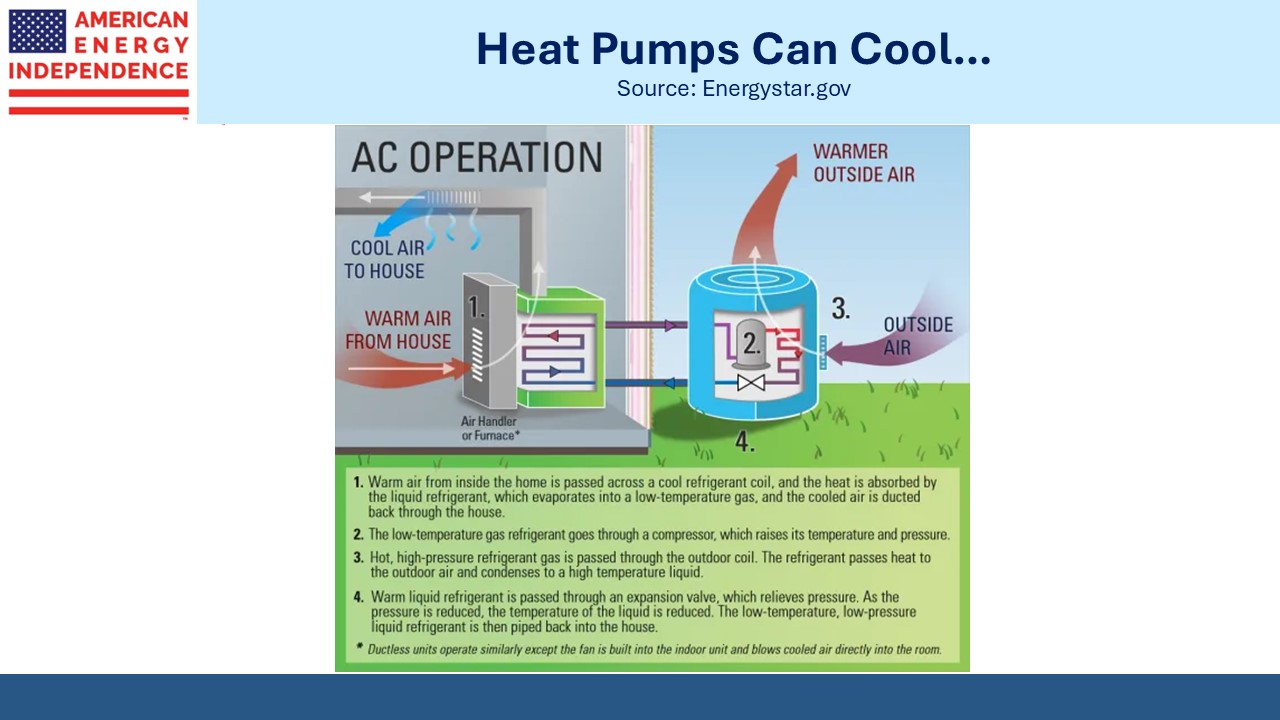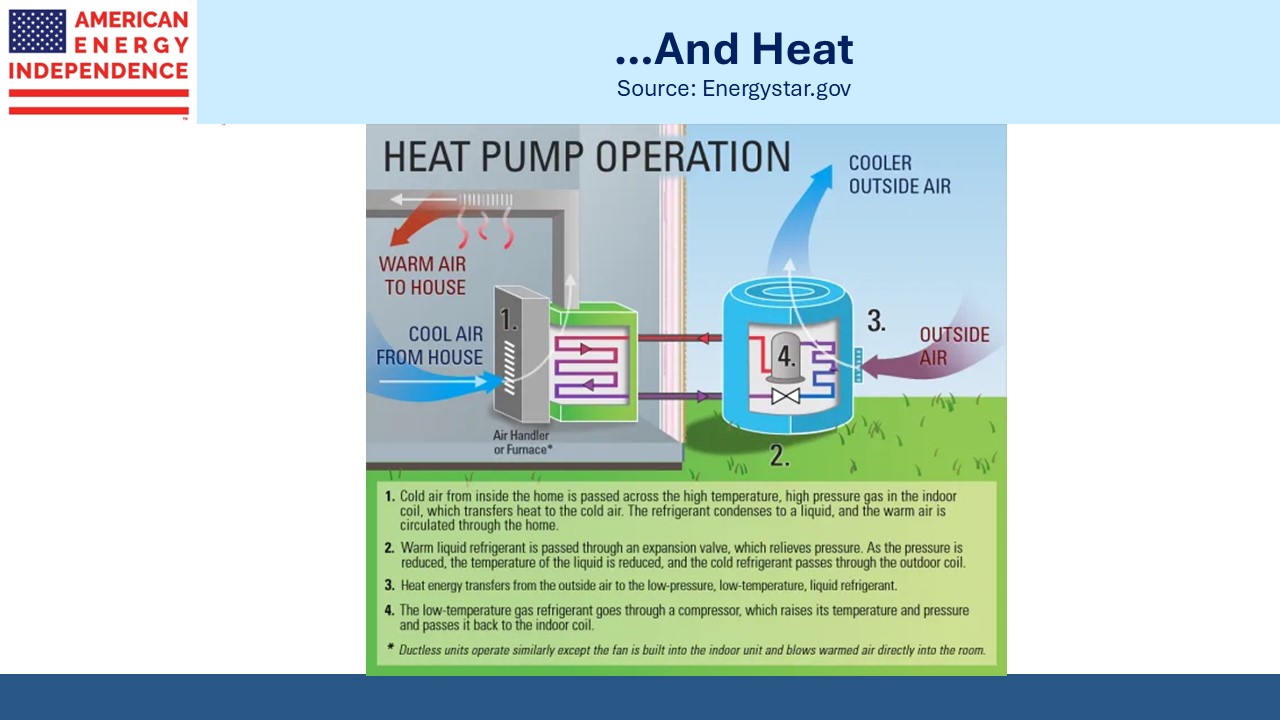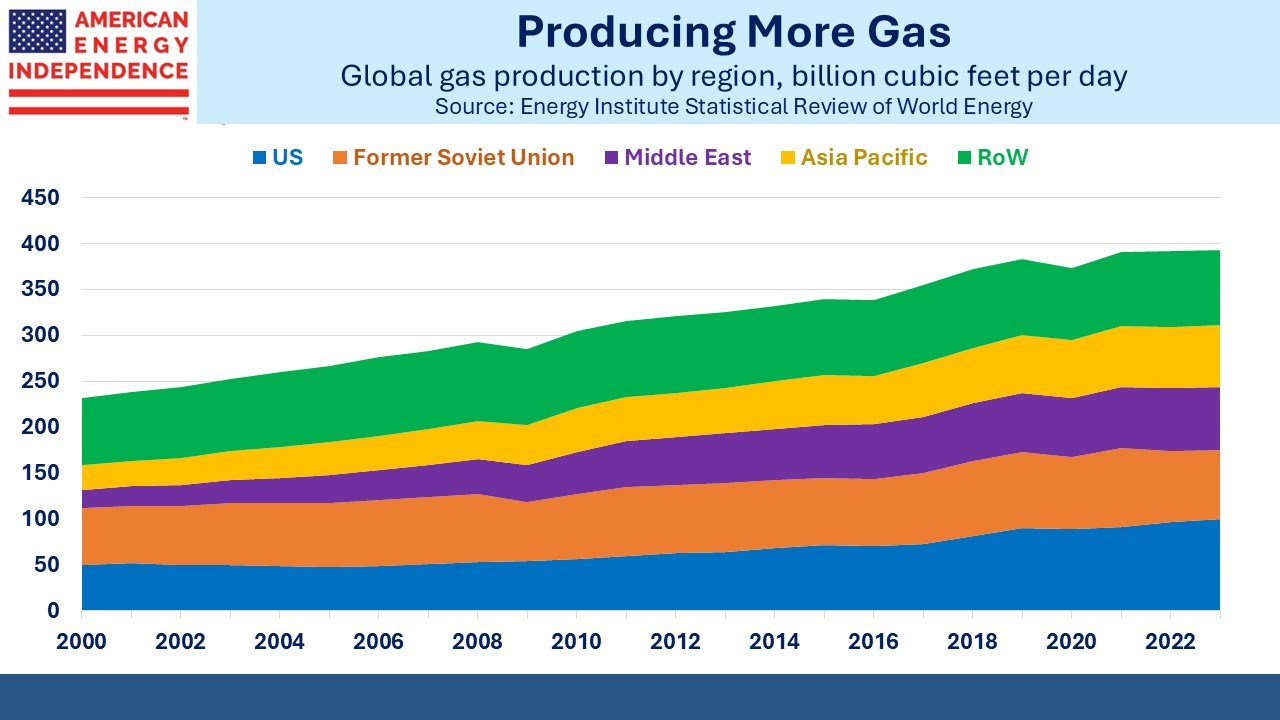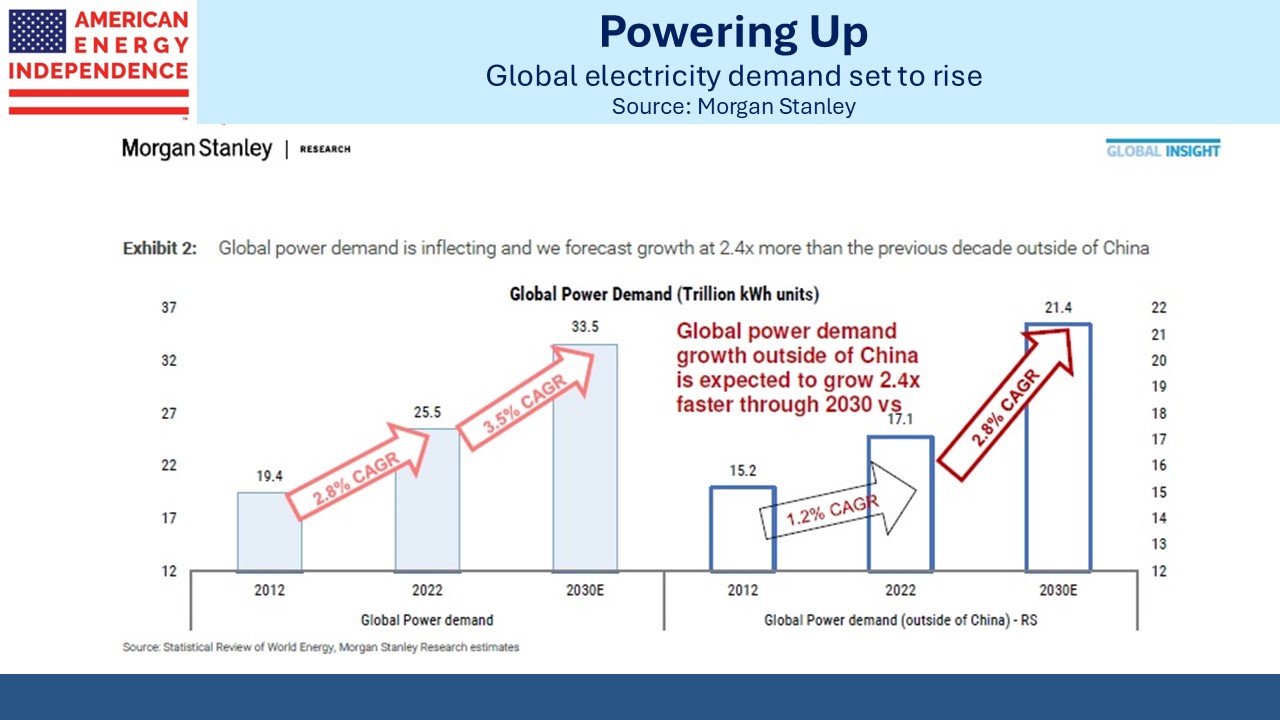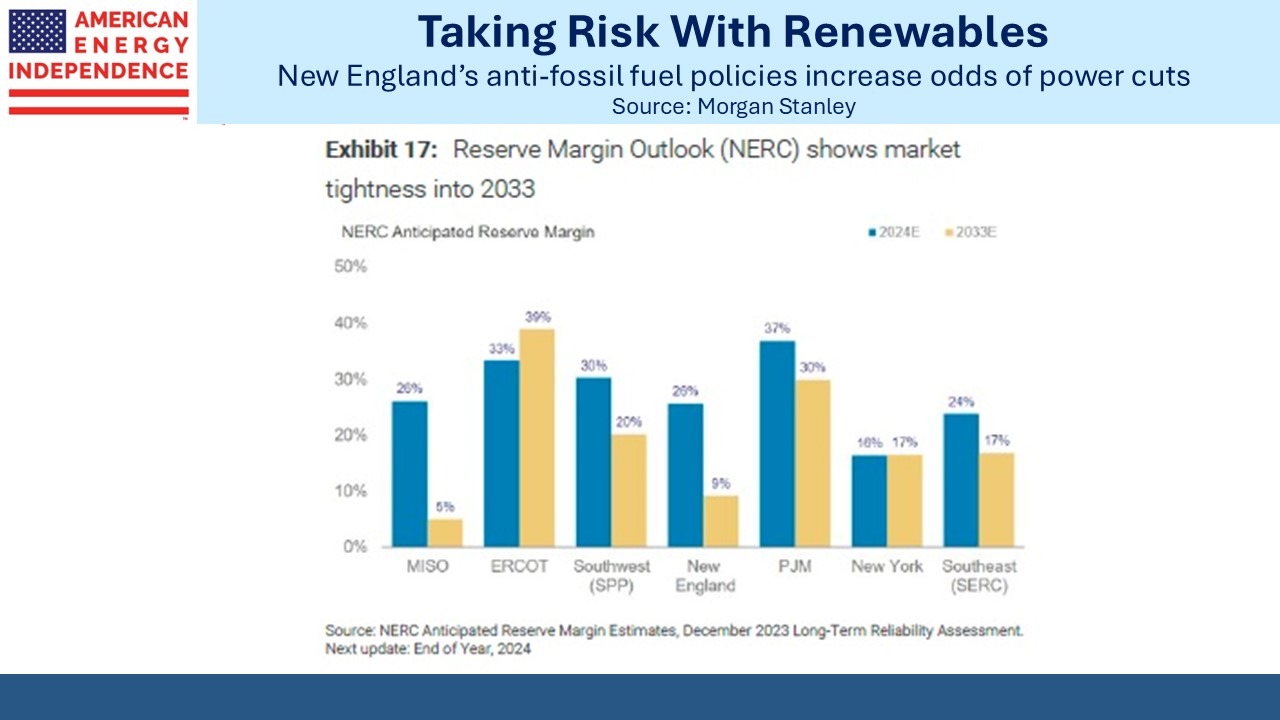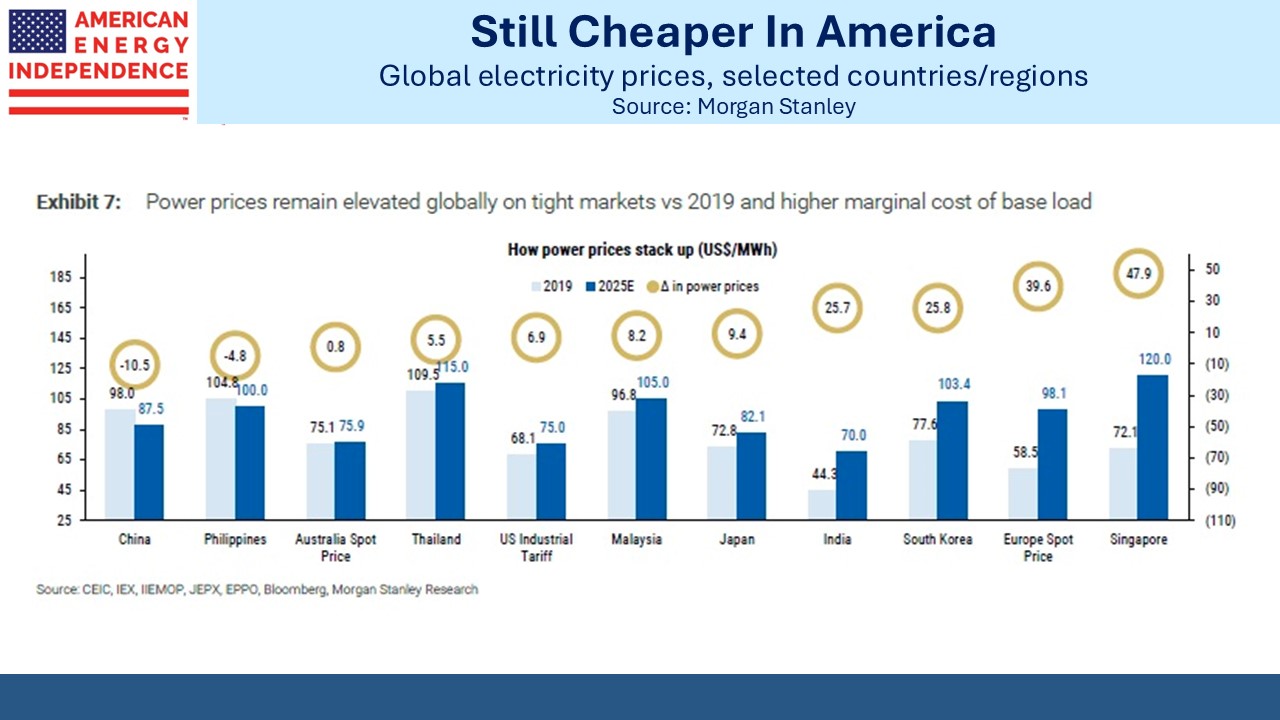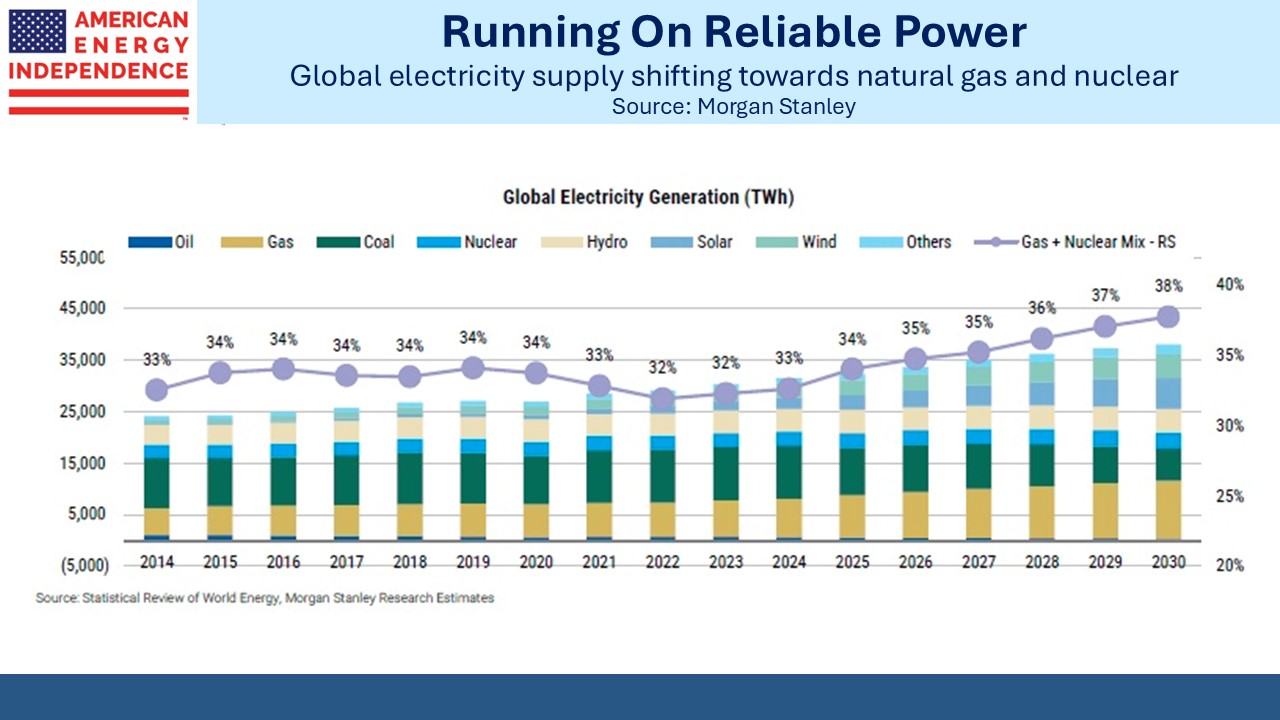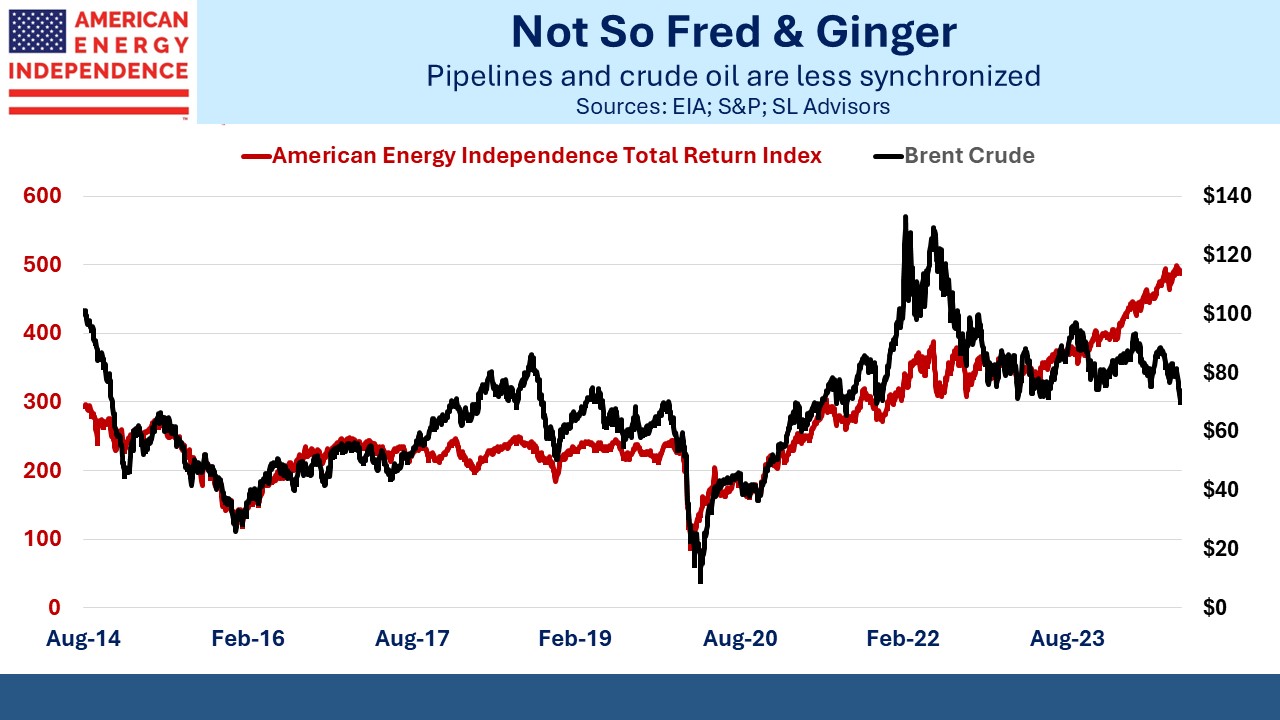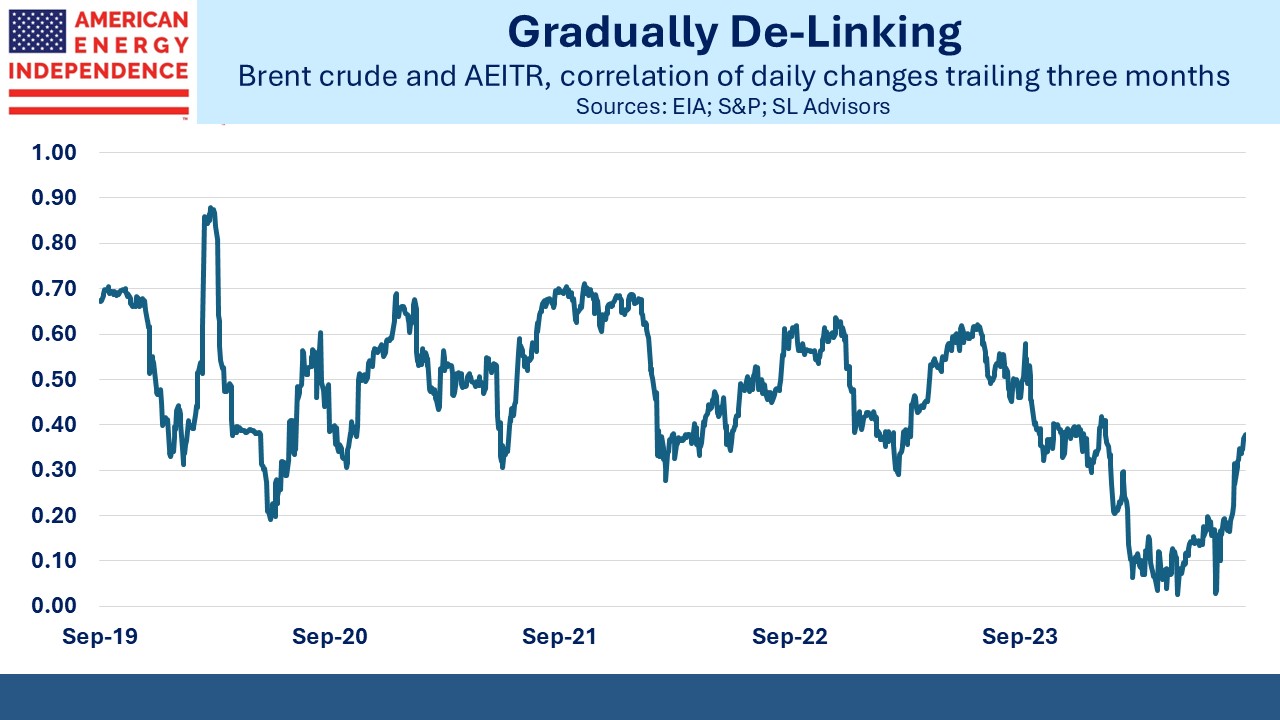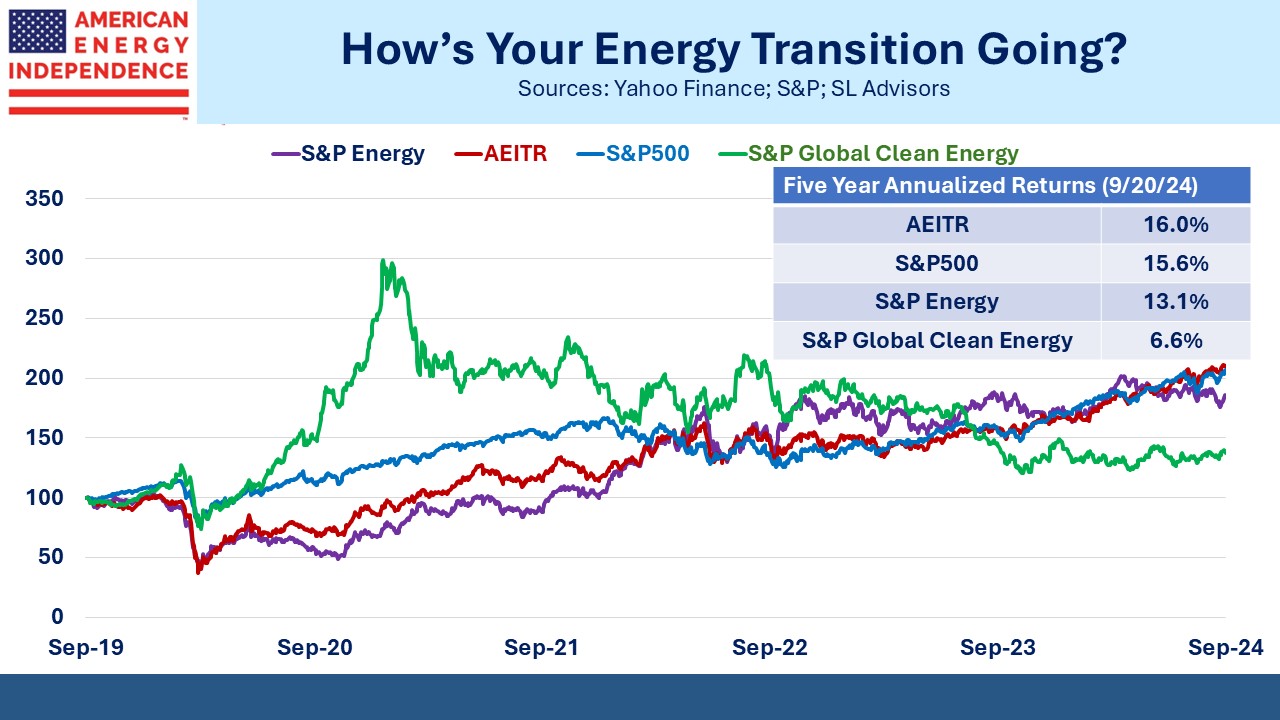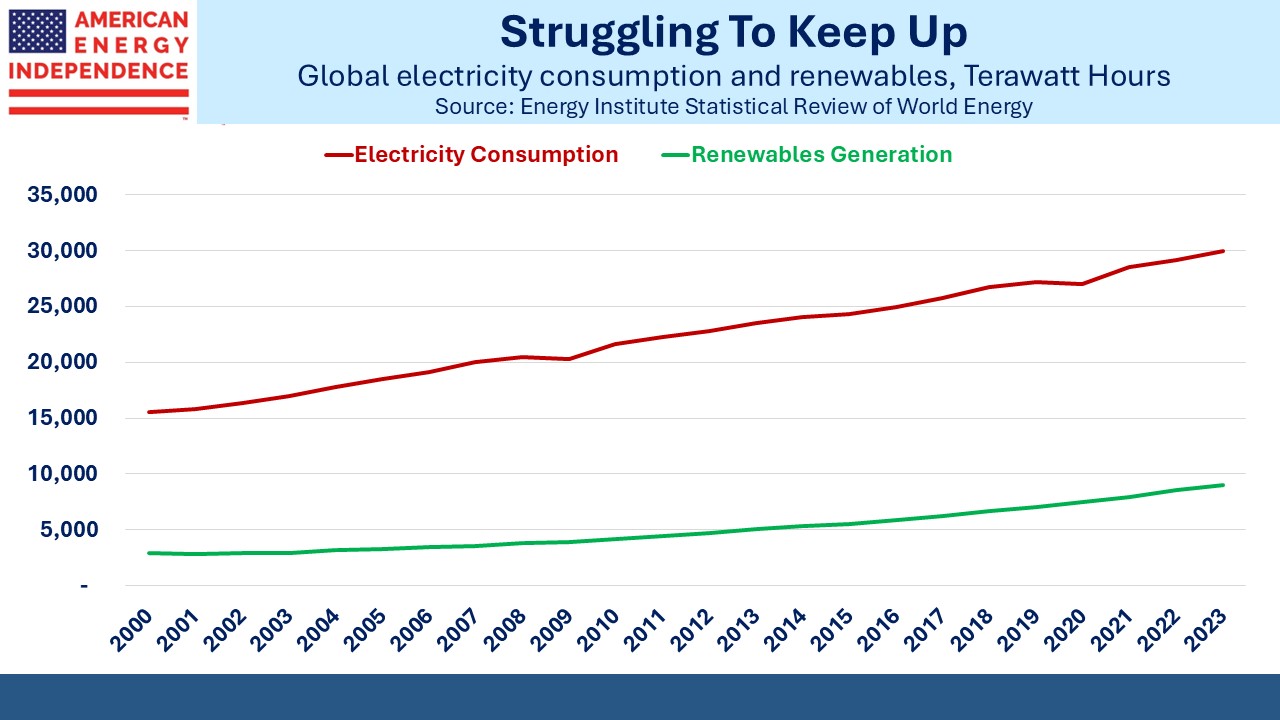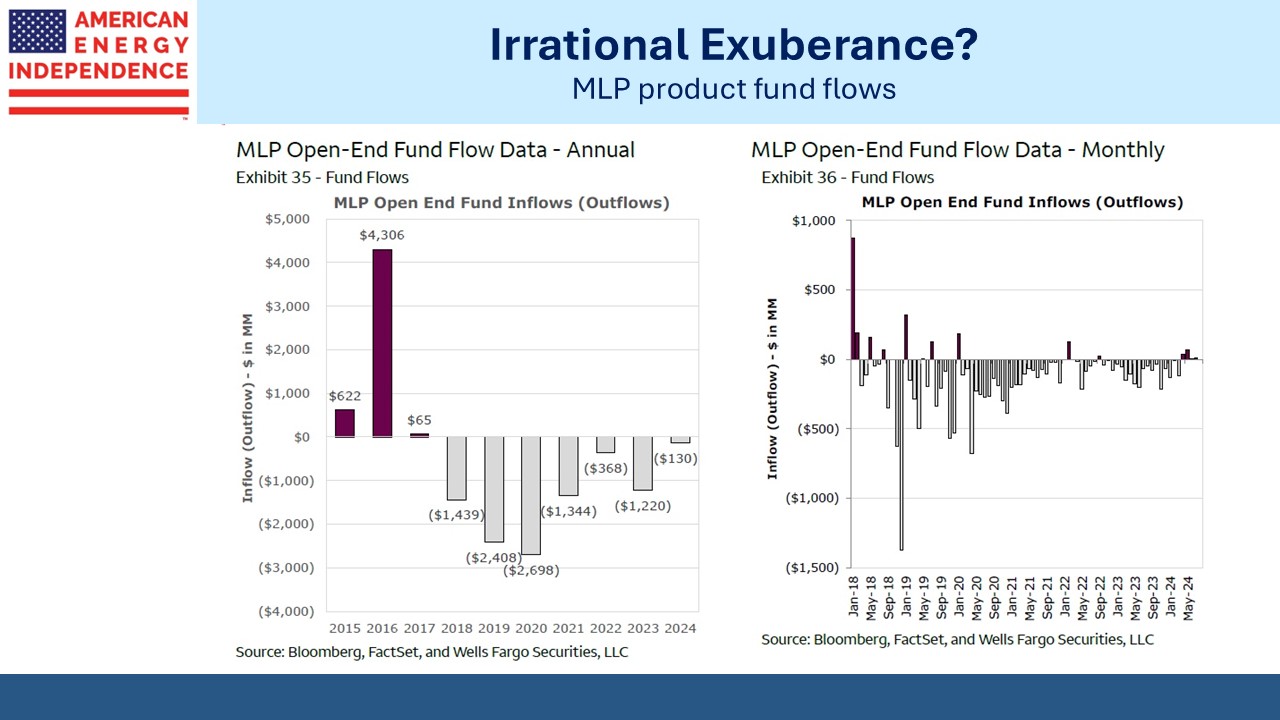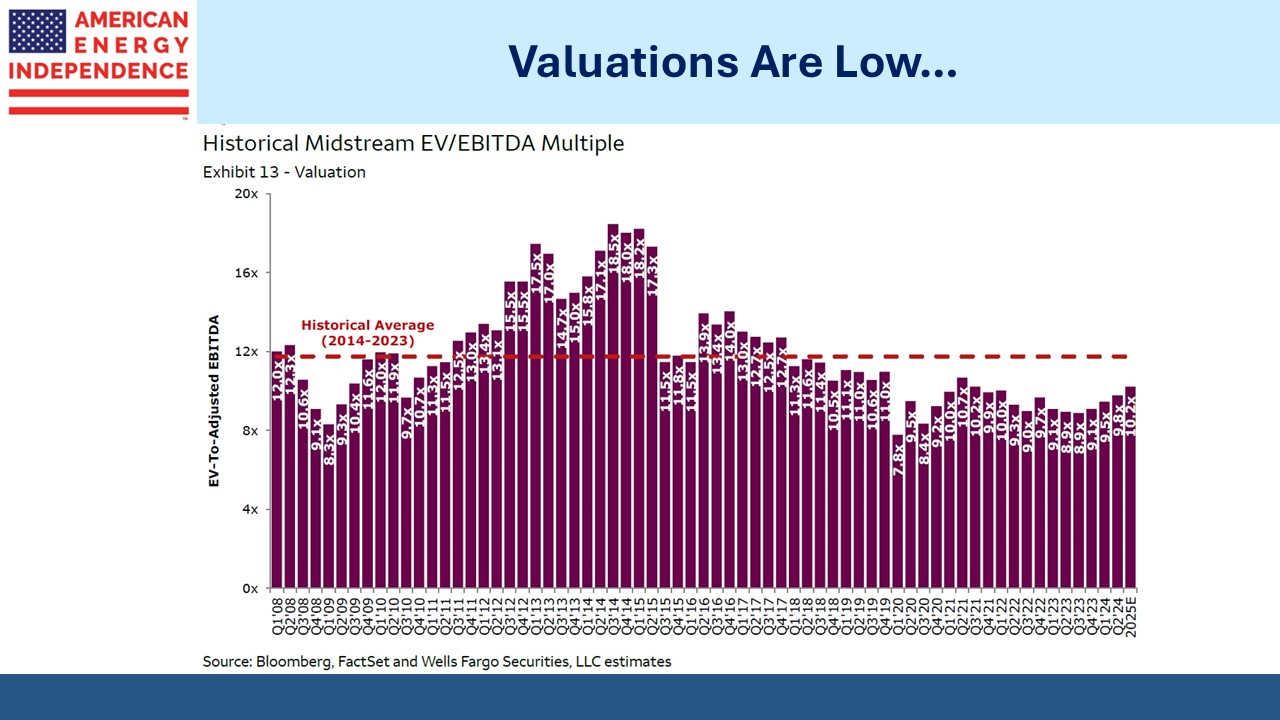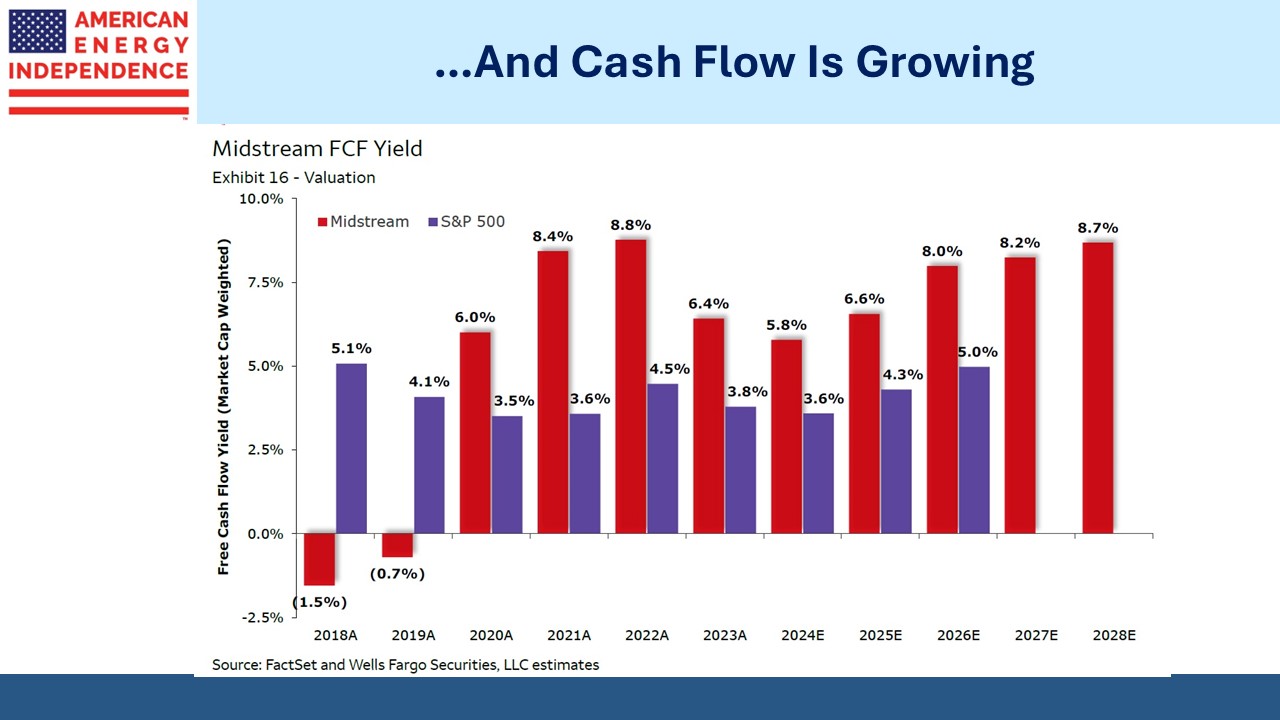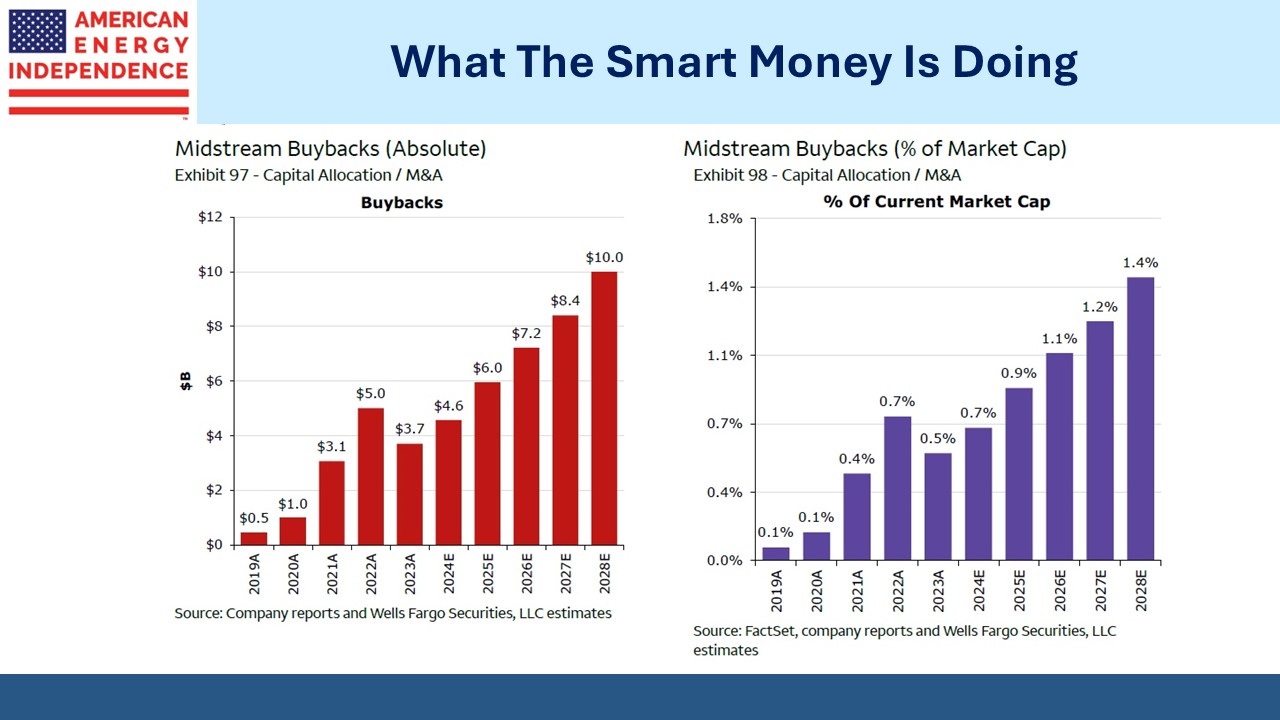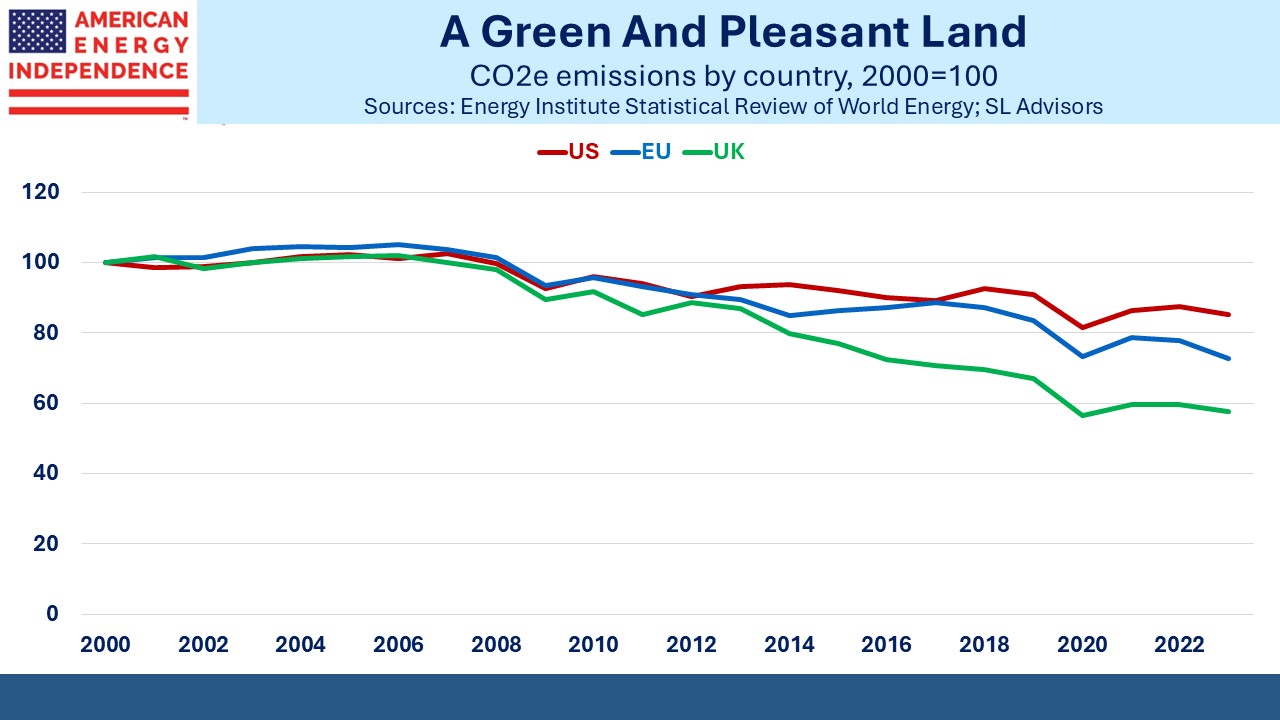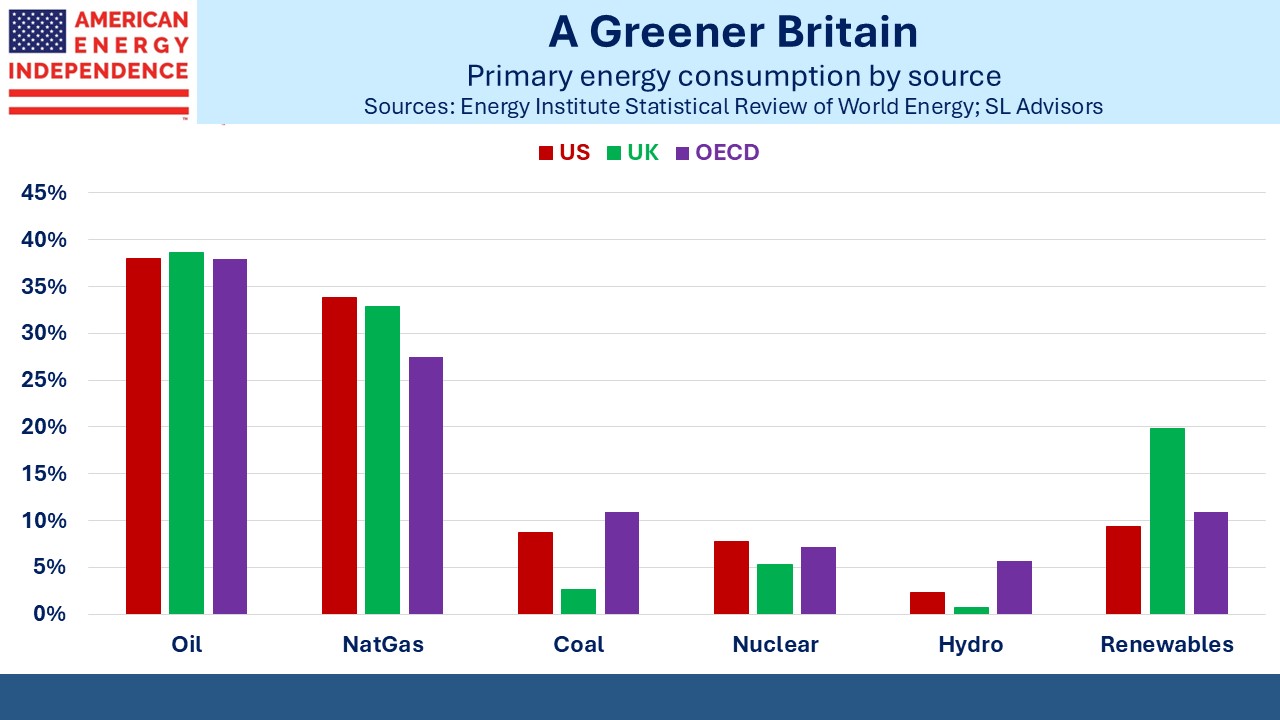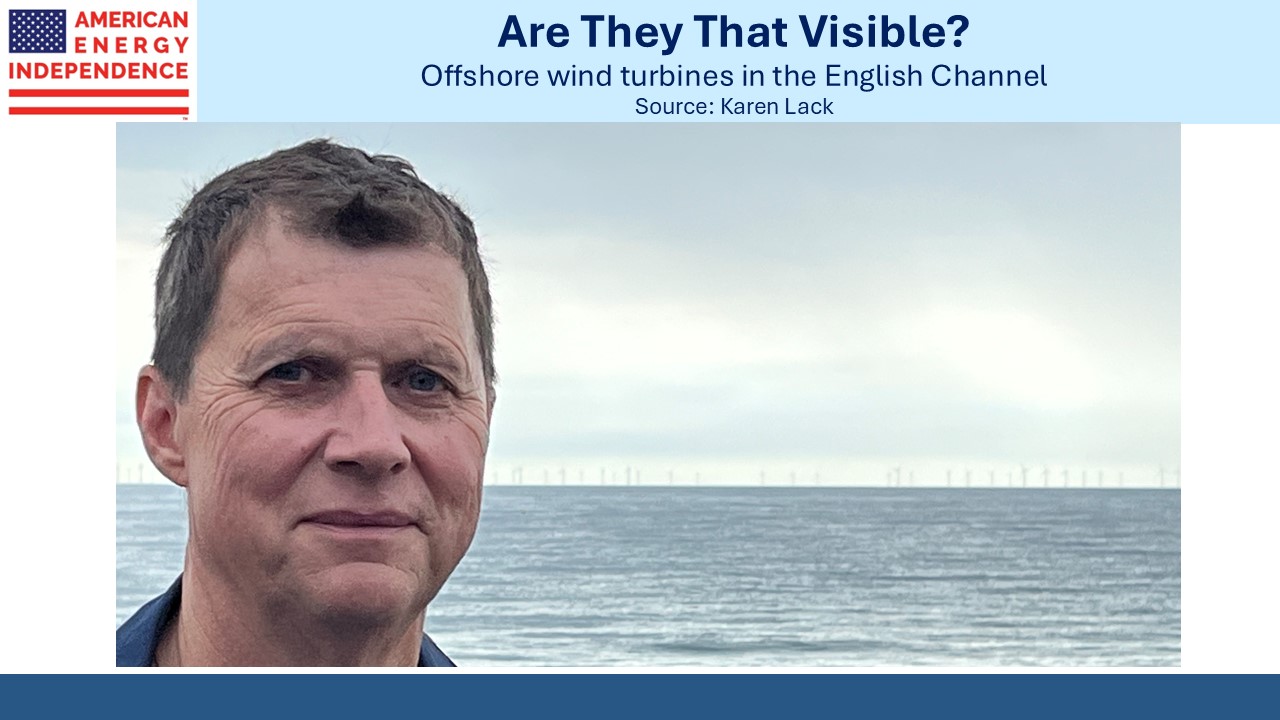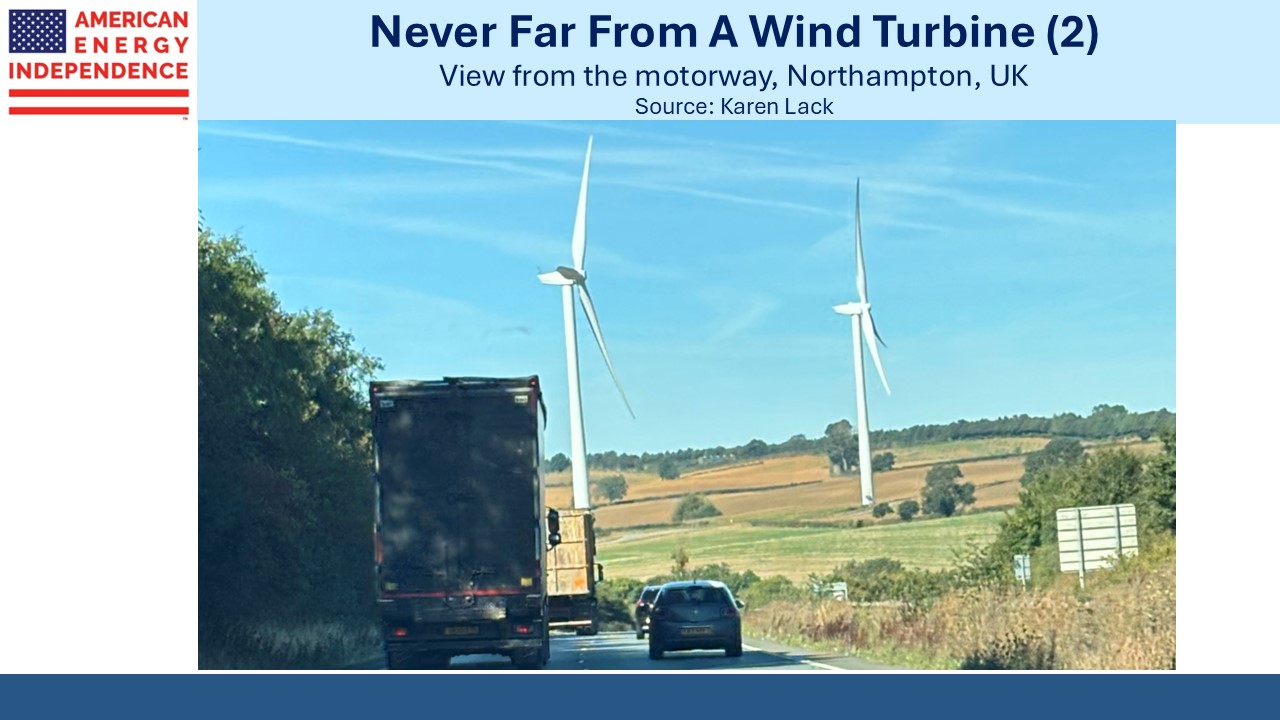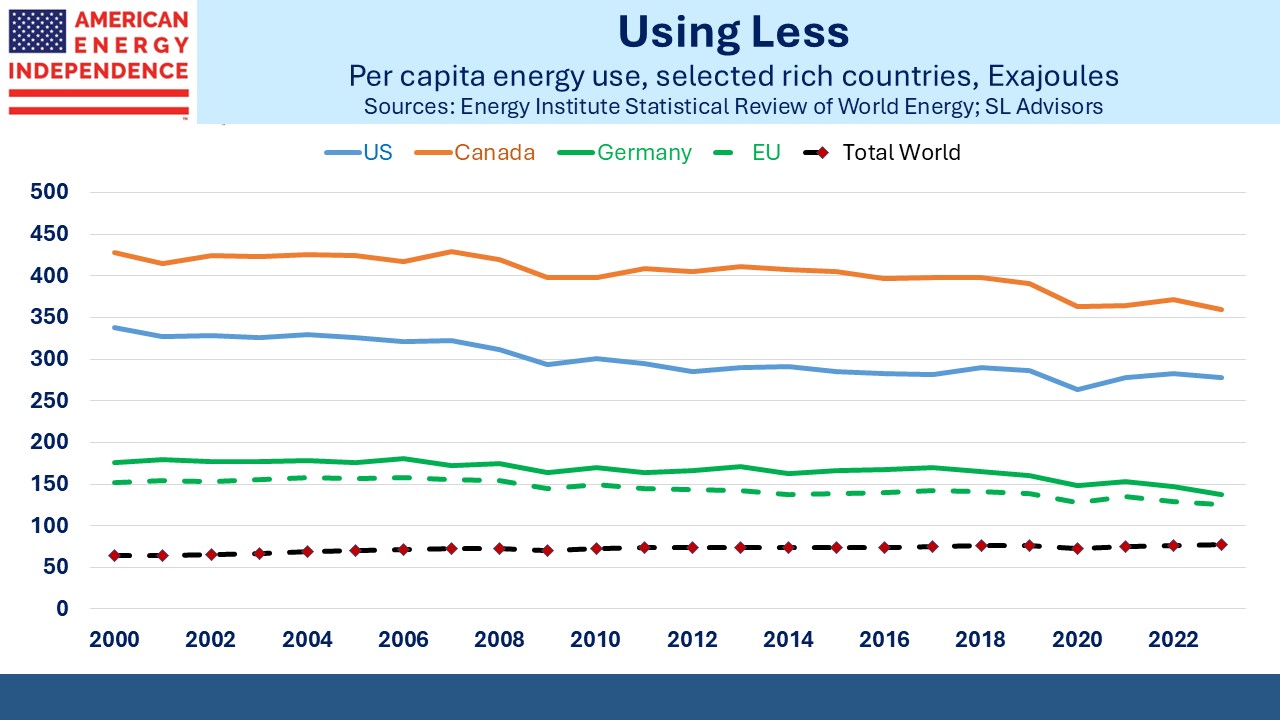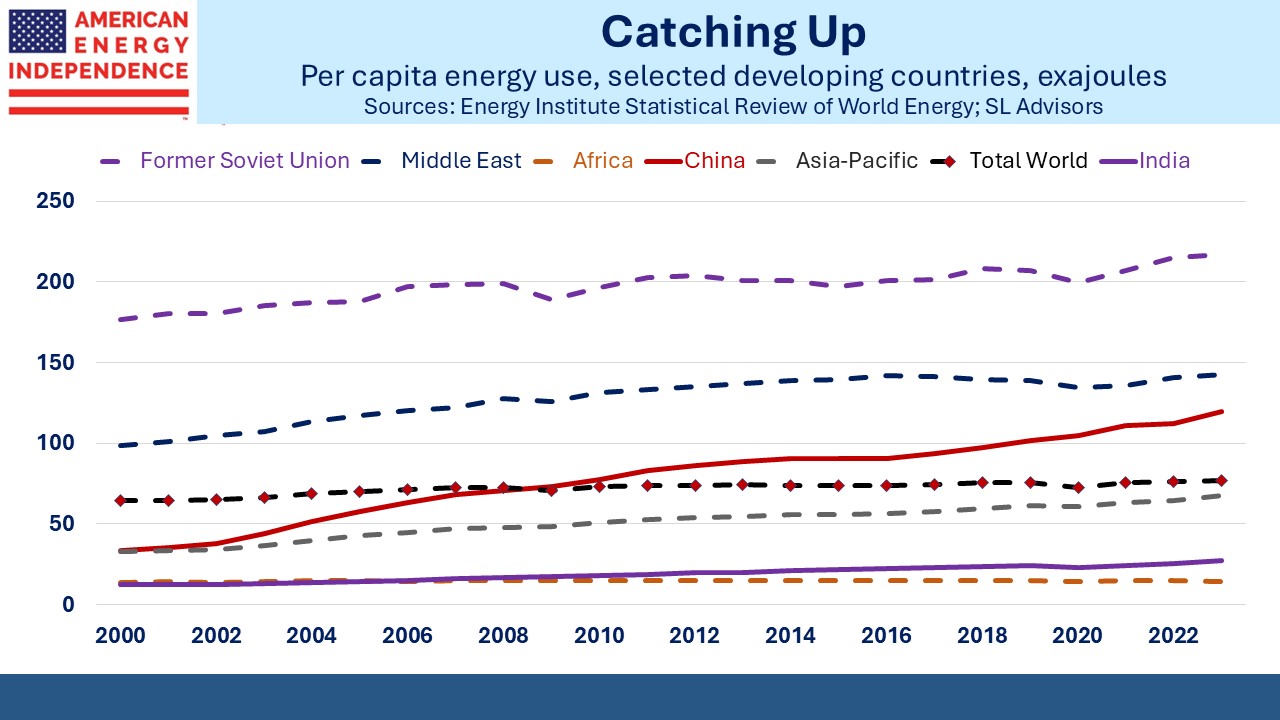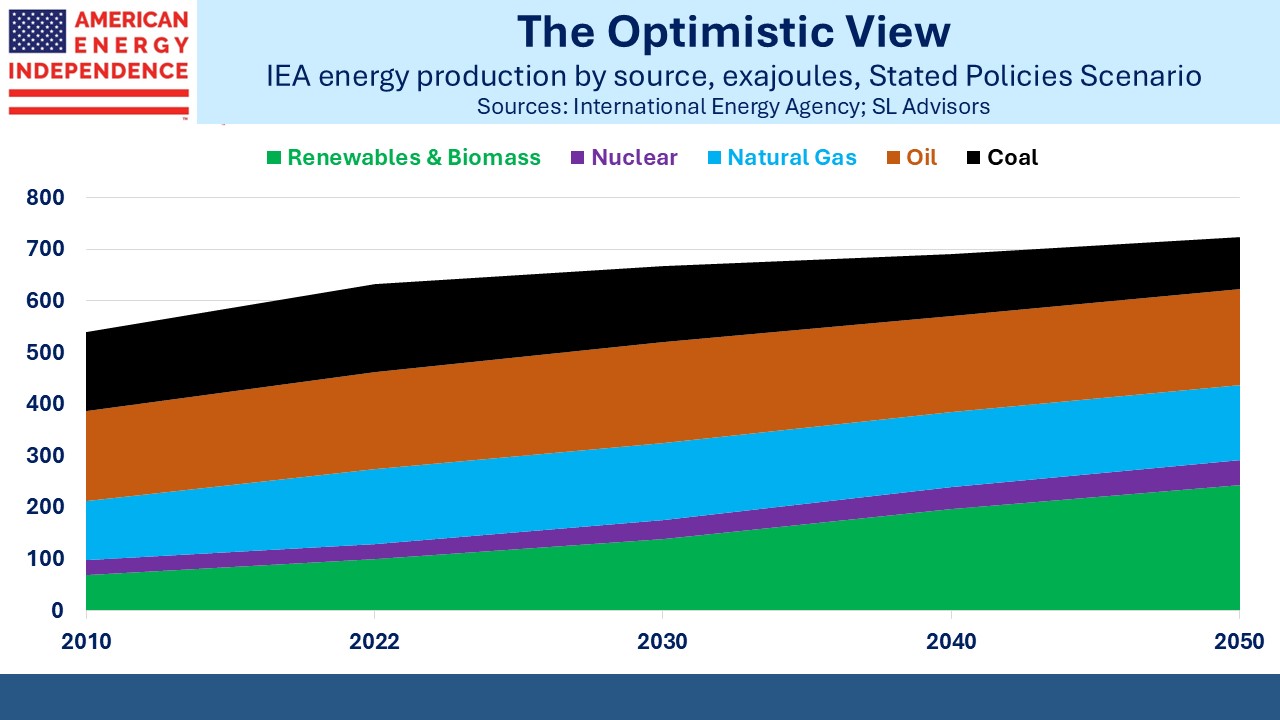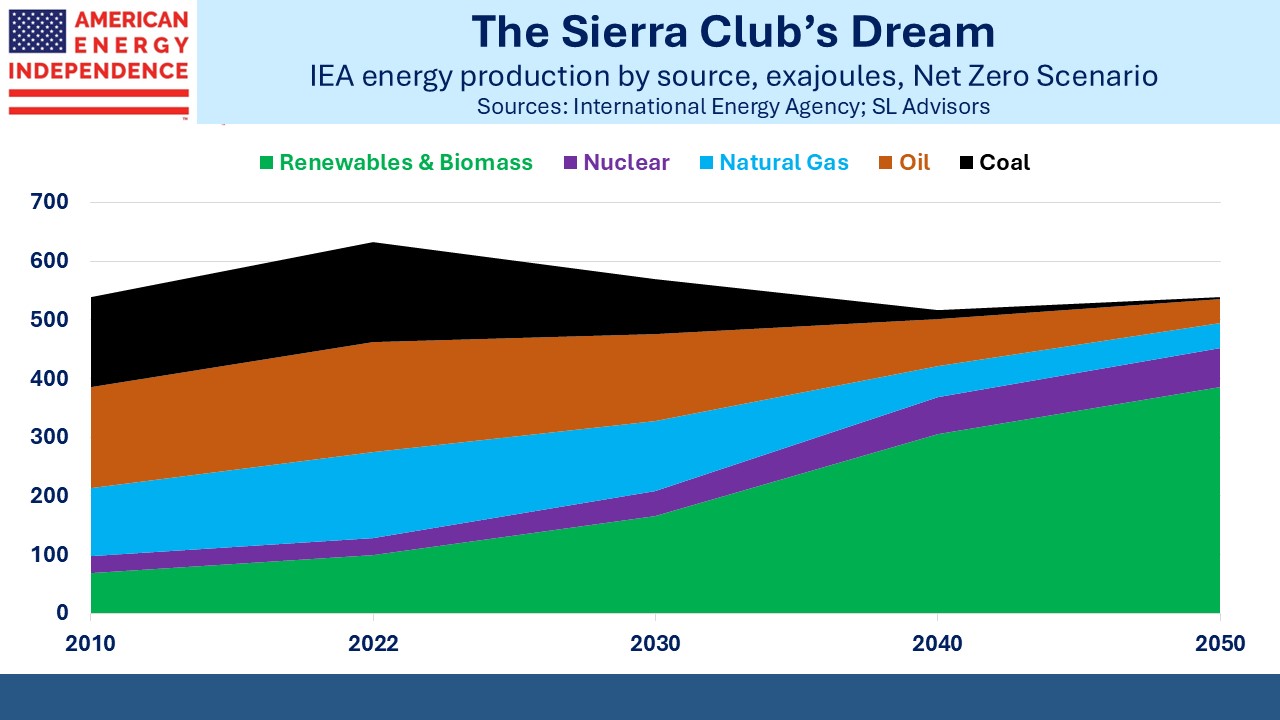Energy Lifts Poor Countries Up
The International Energy Agency (IEA) released their 2024 World Energy Outlook last week. The IEA has become a renewables cheerleader in recent years, issuing projections of energy consumption that are frequently implausible. However, they still produce a Stated Policies Scenario (“STEPS”) which omits their more fanciful projections.
Electricity demand from data centers has been a regular topic of discussion with investors as US grids have increased ten-year demand projections from 1% to around 5% pa over the past year or so. The IEA concedes that it’s hard to precisely forecast the growth in global data center demand, but generally expects demand from air conditioning to be substantially higher.
Like almost all growth in energy consumption, this is driven by developing economies. An extended heat wave in India this summer resulted in a doubling of sales of air conditioning units. One homeowner said, “I’ve endured the worst summers under just a fan. But this year, my children suffered so much that I had to buy our family’s first air conditioner.” His monthly electricity bill increased 7X.
40% of the world population (around 3 billion people) live in the tropics, where ChatGPT estimates only 8-10% have access to air conditioning. The IEA believes a/c penetration in emerging economies will rise from 0.6 per household to almost 1.0 by 2035, close to the US.
The natural response of people that are sweating profusely is not to blame CO2 emissions but to get cool. You can’t fight climate change if you’re too hot, don’t have access to electricity or cook dinner on a fire of animal dung.
This is why energy demand will keep going up.
The IEA provides figures on energy poverty. 750 million people (world population is around 8.2 billion) don’t have access to electricity. More than 2 billion don’t have access to clean cooking, meaning they use open fires of either wood or animal dung. To quote the IEA, “This results in over 4.5 million premature deaths worldwide each year due to ambient (outdoor) air pollution, and nearly 3 million deaths from household air pollution.”
The moral response of OECD countries, especially the US, should be to help provide these people with access to electricity and clean cooking, by exporting natural gas. Democrat policies that impede such US exports betray a philosophy that is deeply anti-humanity. We believe such pragmatic solutions will continue to gain traction, just as nuclear power is enjoying a US renaissance.
Energy exports are in the great US tradition of helping less fortunate countries prosper. They are ethically correct and in the interests of our national security.
Current policies assume China will begin reducing emissions in 2030, reaching zero by 2060, a decade later than the UN IPCC goal. China burns over half the world’s coal and a “show me” attitude is appropriate towards the country that generates 31% of global emissions. It’s not at all obvious that their emissions will peak as planned. New York City’s policy that forbids natural gas hookups to new buildings is a virtue-signaling, self-inflicted irrelevance.
I spent last week visiting clients in South Carolina, Georgia and New Orleans. I always enjoy such encounters, but they’re especially convivial when an advisor can report that 100% of his clients invested with us are profitable. This happened more than once, and I credit the advisor’s propitious timing. Nonetheless it is a great pleasure to be tangentially associated with such success.
Our investors tend to favor Republicans, and as a registered Republican myself I enjoy their company. But I often note that midstream energy infrastructure should appeal to moderate Democrats too since natural gas is the main driver of reduced US CO2 emissions. If climate extremists would get out of the way the benefit could extend to other countries.
Discussion topics usually included the election. It’s often believed that the “permit pause” on new Liquefied Natural Gas (LNG) export terminals announced by the Department of Energy in January to try and excite progressive climate extremists means current LNG exports are capped.
This is not the case.
LNG export terminals take years to build, and the pause did not impact already issued permits. Therefore, LNG exports will double from 12 to around 24 Billion Cubic Feet per Day (BCF/D) over the next few years as new capacity is completed. The US will be doing its part to provide electricity and clean cooking to developing countries in Asia as well as natural gas to friends and allies such as Ukraine.
From the moral high ground, the Sierra Club is an insignificant speck in the ditch.
We have two have funds that seek to profit from this environment:
